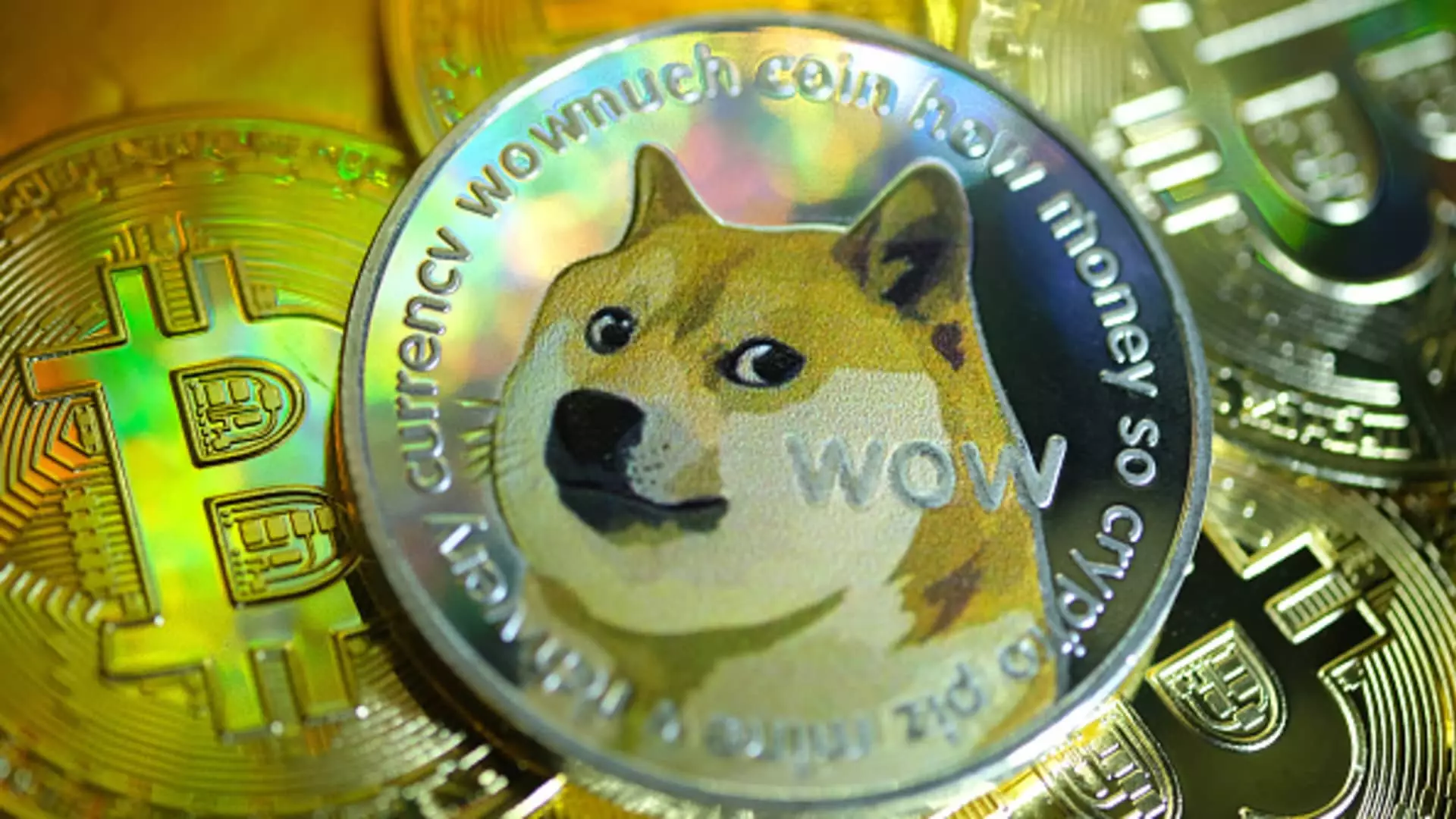The world of cryptocurrencies has seen unprecedented growth and evolution over the last few years, largely fueled by innovations such as blockchain technology and the rising popularity of decentralized finance (DeFi). Among the emerging classes of digital assets, meme coins have captured public attention and generated significant buzz, often for their unique branding and cultural connotations. Recently, the United States Securities and Exchange Commission (SEC) clarified its stance on these volatile assets, providing crucial guidance that could reshape the regulatory landscape for cryptocurrencies.
Meme coins, often characterized by their humorous themes or playful branding, lack the foundational functionality of more established cryptocurrencies like Bitcoin or Ethereum. Instead, they primarily serve as collectibles or viral phenomena rather than instruments that confer economic rights or profit potential. For instance, coins like Dogecoin and Shiba Inu have gained notoriety for their community-driven culture rather than tangible investment characteristics. The SEC’s declaration that meme coins do not typically qualify as securities under federal law underscores the idea that investors should approach these assets with caution and recognize their speculative nature.
The SEC’s Division of Corporation Finance noted that these tokens do not generate a yield or offer rights to ownership of an underlying business, distinguishing them from traditional financial securities. This guidance is essential as it reinforces the notion that transactions involving meme coins do not require SEC registration. This clarity may embolden investors eager to explore these assets, though it also highlights the significant risk involved due to the piecemeal regulation of cryptocurrencies.
The Regulatory Landscape and Government Response
The issuance of the SEC’s guidance is timely, arriving after notable fluctuations in the value of meme coins, particularly following high-profile events such as political elections. These assets often experience dramatic price swings that can lead to both substantial profits and losses for traders. The SEC’s clear delineation between meme coins and securities reflects an acknowledgment that the emerging digital asset landscape has become increasingly complex, necessitating regulatory frameworks that are both practical and responsive to new developments.
With the current administration signaling its intention to foster a more supportive regulatory environment for cryptocurrencies, this move could be seen as a step towards fostering innovation. By providing clearer rules, the SEC aims not only to prevent frivolous enforcement actions that can inhibit growth but also to protect investors from the inherent risks associated with these highly speculative assets.
Investors and market participants are reacting differently to the SEC’s announcement. Some legal experts view the guidance as a positive development, interpreting it as an opening for increased investment and innovation within the crypto space. Ishmael Green, a notable attorney specializing in cryptocurrency law, emphasized the potential for this clarity to invigorate the market. Additionally, it could facilitate exchanges like Coinbase and Robinhood in listing more meme coins without the looming threat of regulatory repercussions.
However, while the SEC’s guidance may illuminate the landscape for meme coins, it is critical for investors to remain cognizant of the risks involved. Historically, meme coins have been known to fluctuate wildly, primarily driven by social media trends and online communities rather than fundamental value. As a result, many experts caution against treating these digital tokens as serious investment vehicles. The very volatility that makes meme coins attractive can also lead to significant financial losses.
An Intersection of Culture and Economy
Despite their perceived lack of intrinsic value, meme coins represent a fascinating intersection between internet culture and the evolving financial system. They embody a spontaneous enthusiasm for blockchain technology and democratized finance, reflecting the broader desires of retail investors who are eager to engage with the rapidly changing economic landscape. This cultural phenomenon emphasizes the need for continued discourse on digital-assets regulation that balances protection with innovation.
The SEC’s recent guidance on meme coins marks a critical turning point in the cryptocurrency regulatory landscape. While offering clarity does indeed pave the way for potential advancements in this sector, it is imperative for investors to approach these assets with a discerning eye, recognizing their inherent volatility and risks. As the dialogue surrounding cryptocurrency regulation progresses, it will be essential to maintain a balance that fosters innovation while simultaneously safeguarding participants’ interests.

